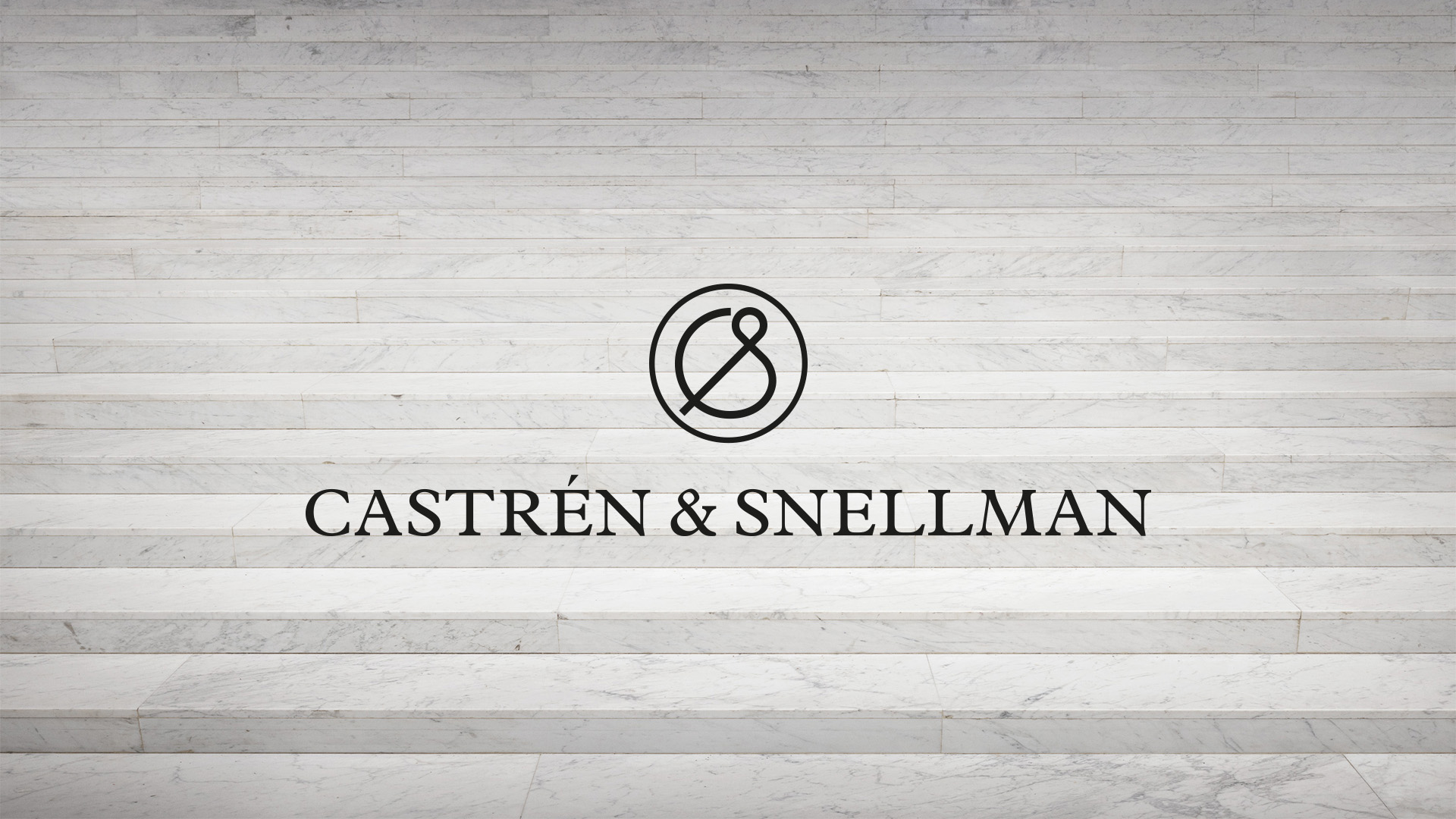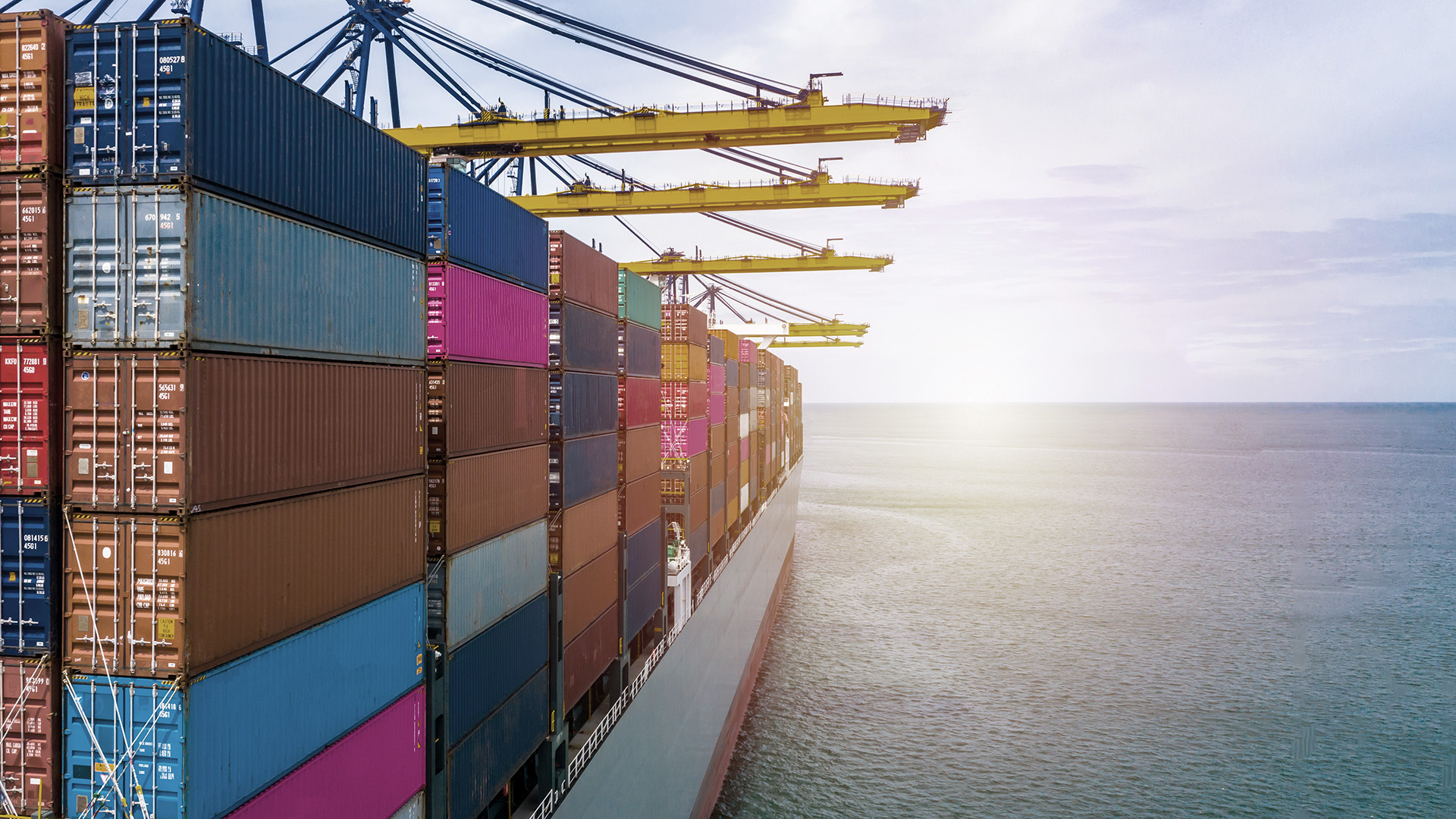The Court of Justice of the European Union (CJEU) issued a long-awaited preliminary ruling in the GS Media v. Sanoma case (C-160/15), which concerned the assessment of the copyright implications of linking to material in light of the Information Society Directive (2001/29/EU).
Copyright Implications of Linking to Illegal Content Clarified by New CJEU Ruling



Hilma-Karoliina Rozell & Piia Raappana
Related services
The request for a preliminary ruling mainly concerned how to assess linking from the copyright perspective in a situation where a party uses a hyperlink to provide access to a copyrighted work that has been posted on the Internet without the copyright holder’s permission. Secondarily, the request for a preliminary ruling concerned what significance should be given to whether or not the party posting a link to an illegal source is aware that the rightholder has not given permission for the use of the work.
‘Click Here to View the Pictures…’
The case started in the Netherlands, where an article on the GeenStijl website included hyperlinks to another website on which photographs intended for Playboy magazine had been posted without the permission of the holder of the copyright to the photos. Sanoma contacted GS Media numerous times to demand that the links to the photos in question be taken down. The photos were officially published two months later in Playboy.
The case progressed through the courts in the Netherlands, with Sanoma and the other plaintiffs alleging, among other things, that GS Media had infringed that photographer’s copyright by posting the hyperlinks on the GeenStijl website. The Amsterdam District Court (Rechtbank Amsterdam) largely upheld the actions, while the Amsterdam Court of Appeal (Gerechthof Amsterdam) set aside the District Court’s decision.
The Amsterdam Court of Appeal found that GS Media had not infringed the photographer’s copyright by posting hyperlinks on the GeenStijl website, because the photos in question had previously been published by uploading them onto the Filefactory website. The Amsterdam Court of Appeal, however, found that GS Media had acted unlawfully towards Sanoma and the other plaintiffs, as posting the hyperlinks on the GeenStijl website encouraged visitors to view the photographs in question, which had been illegally uploaded onto the Filefactory site. The photographs would not have been easy to find without the hyperlinks in question.
GS Media appealed to the Supreme Court of the Netherlands (Hoge Raad der Nederlanden), which deemed that it could not be inferred with sufficient certainty from the CJEU’s prior rulings whether there is a ‘communication to the public’ as referred to in the Information Society Directive if the work has in fact previously been published, but without the consent of the copyright holder.
The Supreme Court of the Netherlands decided to stay the proceedings and to refer several questions to the CJEU for a preliminary ruling. One of these questions was, does it constitute a ‘communication to the public’ within the meaning of the Information Society Directive if anyone other than the copyright holder posts a hyperlink on a website to a different website on which a protected work has been made available without the consent of the rightholder.
Pursuit of Financial Gain is the Key
In its decision, the CJEU was of the opinion that publishing a hyperlink to a work posted on the internet without the consent of the rightholder does constitute a communication to the public under the Information Society Directive under certain conditions. In the case at hand, it was noteworthy that the work was not available to the public on the Internet with the consent of the rightholder at all, only without the rightholder’s consent.
In its assessment, the CJEU emphasised, first, whether the actions of the party posting the link are taken in the pursuit of financial gain or not, and second, whether the party posting the link is aware that the work, he or she is linking to, has been made public without the consent of the rightholder.
According to the CJEU, the main issue in these situations is to determine whether the links are provided without the pursuit of financial gain by a person who did not know or could not reasonably have known the illegal nature of the publication of those works on that other website or whether, on the contrary, those links are provided for financial gain, in which case and that knowledge must be presumed.
The key is, thus, whether the links are posted in pursuit of financial gain or not. This, in turn, affects the assessment of the linking party’s knowledge. When the links are posted in pursuit of financial gain, the party posting the links is assumed to be aware that he or she is linking to an illegal source.
When the posting of hyperlinks is carried out for profit, it can be expected that the person who posted such a link carries out the necessary checks to ensure that the work concerned is not illegally published on the website to which those hyperlinks lead. In such a situation, the CJEU held that it must be presumed that that posting has occurred with the full knowledge of the protected nature of that work and the possible lack of consent to publication on the internet by the copyright holder. This situation emphasises the significance of knowledge.
When links are posted without the pursuit of financial gain, the assumption merely is that an ordinary Internet user cannot have knowledge of the illegality or legality of the source. However, if such a person knew or ought to have known that the hyperlink he or she posted provides access to a work illegally placed on the internet, that link constitutes a ‘communication to the public’ within the meaning of the Information Society Directive, which is the exclusive right of the rightholder.
Linking Saga to Continue
The CJEU has in recent years issued numerous decisions on the legal assessment of linking from the copyright perspective. This preliminary ruling is the latest chapter in a saga that began with the Svensson ruling (C‑466/12) and the BestWater ruling (C348/13). These preliminary rulings have provided more specifics to the assessment of linking in Europe, but many unanswered questions remain.
The next instalment of the saga will likely come when the CJEU issues its ruling in the Stichting Brein case (C-527/15).





